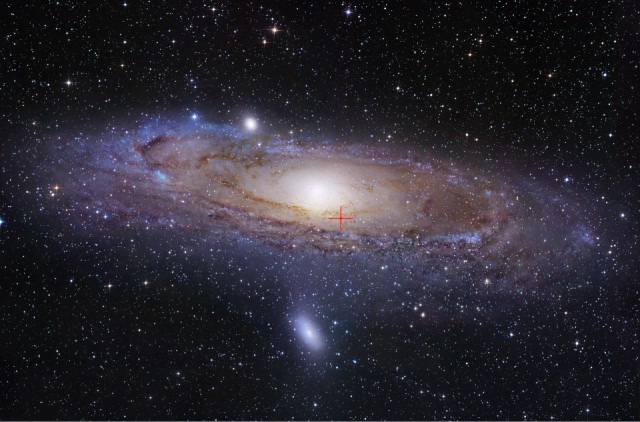Astronomers locate a miniature quasar in Andromeda
Ars Technica » Scientific Method 2012-12-12

Some of the brightest objects in the Universe are supermassive black holes at the hearts of galaxies—black holes with masses millions or billions of times greater than the Sun. As matter falls toward these black holes, the system emits intense radiation, especially in the radio and X-ray portions of the electromagnetic spectrum. When light from the infalling matter reaches a maximum intensity, the systems are known as quasars, which are bright enough to shine out from the early Universe.
Stellar-mass black holes, which are "only" 5 to 20 times more massive than the Sun, can also produce intense light. However, interstellar gas absorbs and scatters the X-rays, making them difficult to spot. As a result, only four microquasars are known in the Milky Way, and we haven't been able to observe many details of them. No similar systems have been spotted in other galaxies—until now. Observers found the first microquasar in M31 (Andromeda Galaxy), the nearest large galaxy to the Milky Way.
Though black holes (either stellar-mass or supermassive) emit no light of their own, their intense gravity gathers matter around them. As charged particles such as electrons accelerate, they emit light; with the high acceleration rates around black holes, this light takes the form of X-rays and radio waves. (Even though X-rays are some of the highest energy radiation and radio waves are the lowest in energy, they are often produced by the same physical phenomena, and provide dual ways to observe some of the most violent events in the cosmos.)
Read 6 remaining paragraphs | Comments